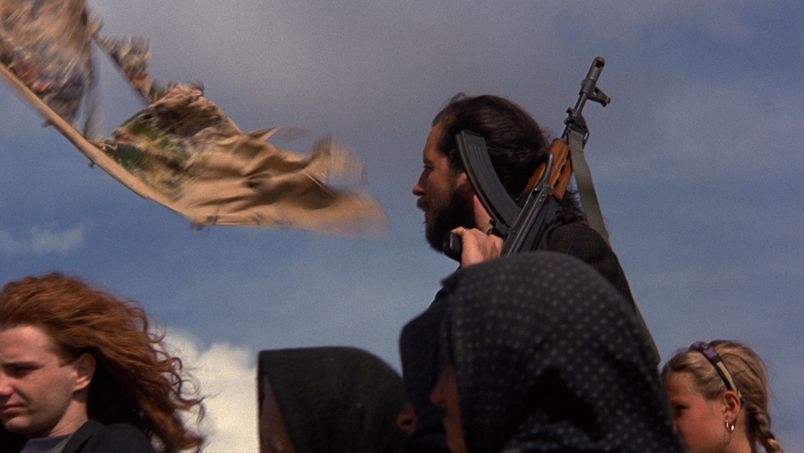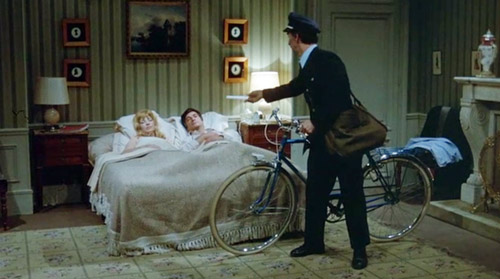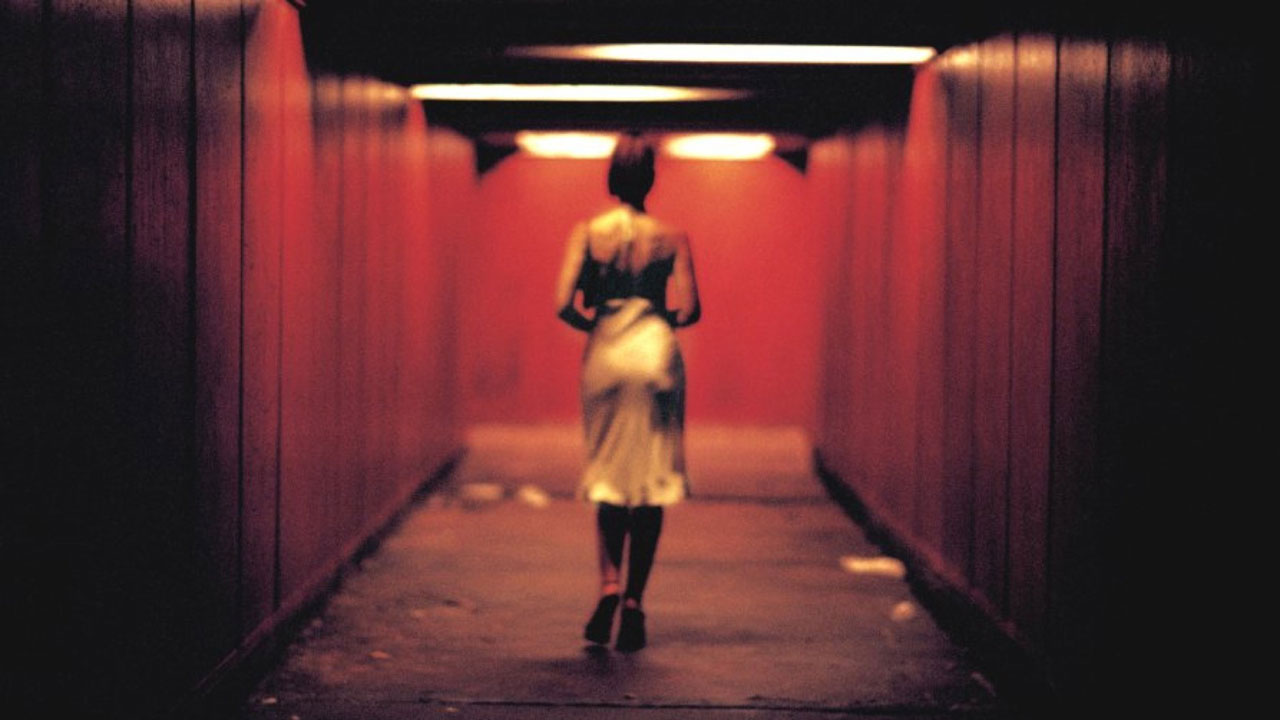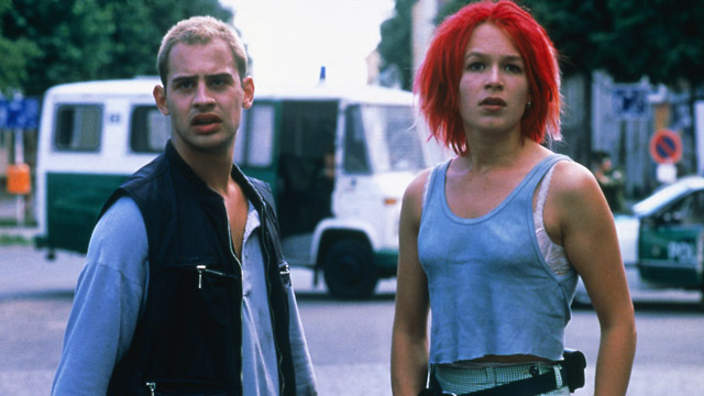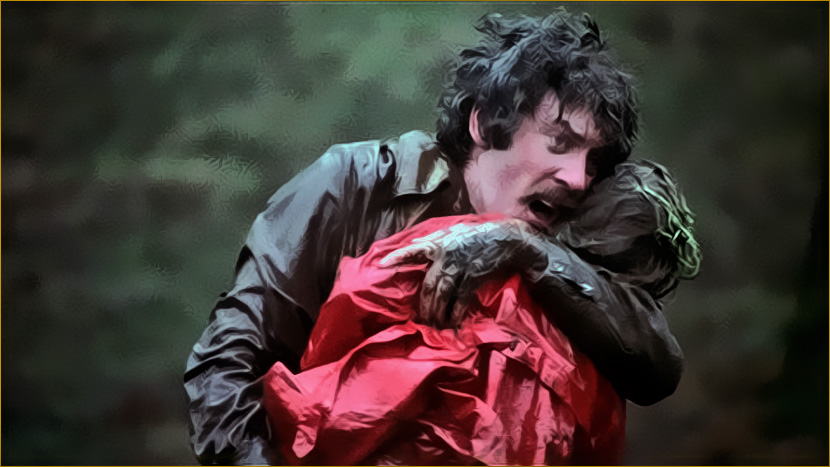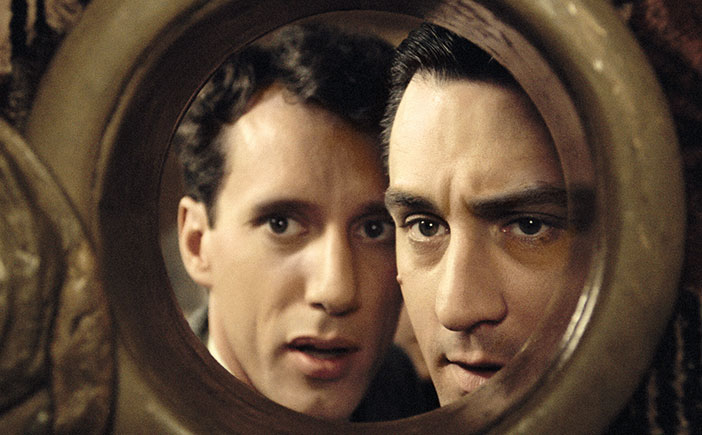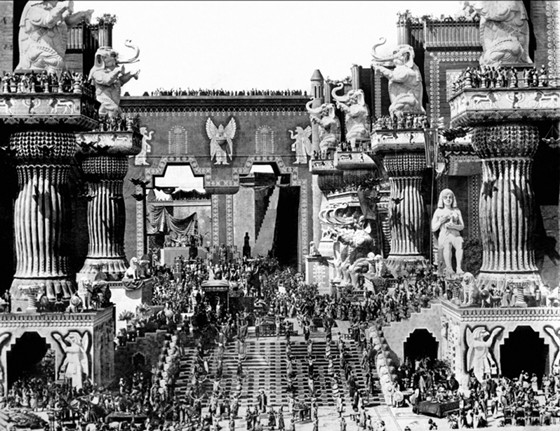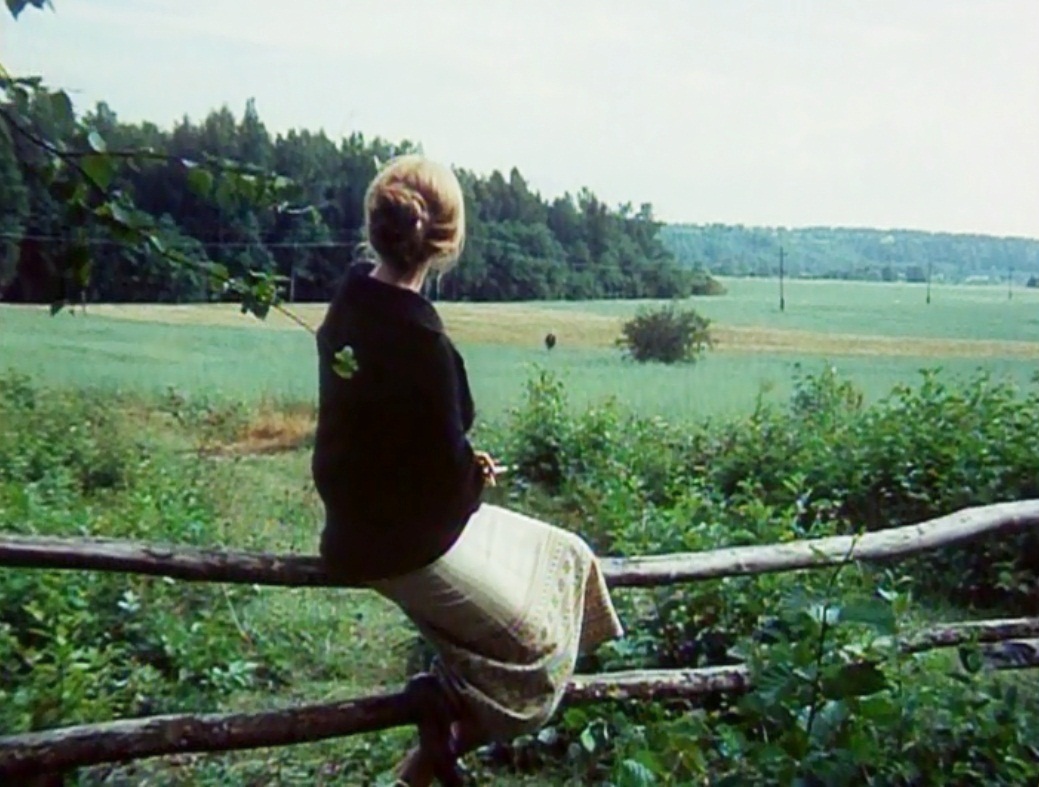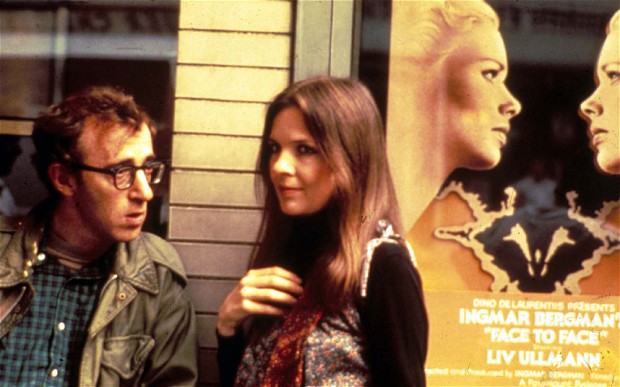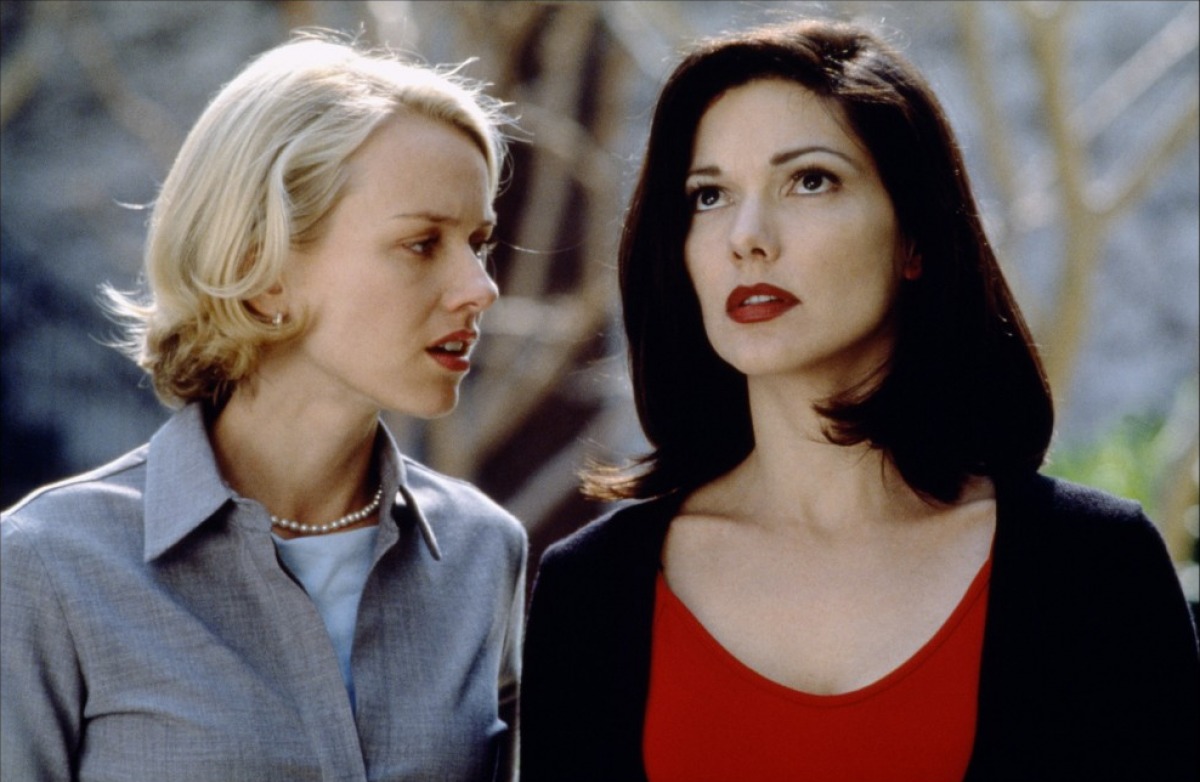
Nonlinear narratives comprise a vast amount of narratives that do not tend to follow the direct causality pattern of their depicted events. Generally speaking, such amount responds to the variety of available resources, from flashbacks to anarchic deconstructions, narrators have to constitute nonlinear exercises.
Experimentation with non linear narratives in Cinema can be traced to the Silent Era but especially to Avant-garde Cinema, which as a manifest goal defied the canons of standard linear narratives in exchange for a disordered but playful bet for randomness.
There are many reasons as for why nonlinear narratives can be seen as preferable to their linear correlates. For instance, they seem a more suitable tool to reproduce phenomena surrounding subjectivity such as memory, impressions and imagination.
After a viral growth triggered by Quentin Tarantino’s 90’s works, nonlinear narrative films are said to have fallen out of favor in recent years. Nevertheless, they are still complex exercises that have enriched the language of Cinema far beyond the possibilities of linearity.
The list presents 20 essential nonlinear narrative films from the silent era to modern time.
20. Before the Rain (Milcho Manchevski, 1994)
Milcho Manchevski’s stunning feature length debut, Before the Rain, an ambiguous depiction of the post-Yugoslavian Macedonia, is an open allegory about the cyclic recurrence of conflicts.
The film, one of the most commented and analyzed tittles of 1994, owes the successful deliverance of its neither emotional nor nihilistic message mainly to the circular structure upon which sets three stories: Words, Faces and Pictures.
Words follows a silent monk as he tries to protect an Albanian girl from a Christian hunt. Set in London, Faces depicts a picture editor as she is torn between her husband and an alienated war photographer. Pictures combines Words and Faces as the cyclic nature of conflicts denounced by the entire film, is about to start things over again.
19. The Phantom of Liberty (Luis Buñuel, 1974)
The Phantom of Liberty, one of Luis Buñuel’s most memorable works, has been regarded as a summary of Buñuel’s previous artistic exercises. Concerning narrative, it is a master and delirious exploitation of disjointed events tied by nothing more than chance.
Though openly satiric, The Phantom of Liberty preserves the joyful spirit of Surrealism. Thus, there is a glimpse of spontaneity and innocence in its defiance against the bourgeois hypocrisy.
Mainly an allegory about chance, The Phantom of Liberty follows a series of barely related events surrounding social illusions.
18. Adaptation (Spike Jonze, 2002)
One of last decade’s most accomplished metafilms, Adaptation is a self-referential exercise about anxiety, obsessions and the apparently demarcated boundaries between imagination and reality.
Adaptation is a film about Charlie Kaufman’s struggle to carry on a screen adaptation from a best-selling novel due to his own anxieties but also due to the novel’s non-conventional narrative that seems to elude Kaufman’s obsessions with coherence and linearity.
Though generally regarded as ambiguous and even mediocre in comparison with Jonze’s Being John Malkovich, Adaptation is a curious experiment that met overall approval.
17. Irréversible (Gaspar Noé, 2002)
Gaspar Noe’s second feature length thriller has commonly been associated with the widely controversial New French Extremity and with the Cinéma du corps. Regarding its narrative, it is one of last decade’s most polemic experiment of chronologically inverted sequences.
Irréversible is a film hard enough to be seen. Presented in thirteen 16 mm edited widescreen scenes full of annoying low frequencies and assaulting camera shots, its inverted narrative seems to fulfill the allegoric and widely nihilist message about time.
Irréversible follows the complex but functional triangle of Marcus (Vincent Cassel), Pierre (Albert Dupontel) and Alex (Monica Bellucci) as the brutal rape of the last one raises a chaotic attempt of revenge. A competitor of 2002 Cannes Film Festival, Irréversible immediately triggered viewers to condemn its outraging violence.
16. Run, Lola Run (Tom Tykwer, 1998)
Nominated for 41 awards and winner of 26, Run, Lola Run is an obligated reference of experimentation with time lines in narrative.
Run, Lola Run deals with chance, randomness and the consequences surrounding what tends to be depicted linearly: the mere action of running. Widely symbolical, the film has been regarded as an allegory of the Butterfly Effect.
Set upon a postmodern real-time frame, Run, Lola Run follows the three races of Lola (Franka Potente in perhaps her most memorable role) as she tries, in twenty minutes, to get the 100,000 Deutschmarks her boyfriend has lost before his boss kills him.
15. Don’t Look Now (Nicolas Roeg, 1973)
As one of the most influential British films ever made, Don’t Look Now is a heartrending depiction of grief and loss.
The film immediately overcame the thriller canons of its time with its invigorating editing, impressionist cuts and shocking exploitation of flashbacks and flashforwards.
From Horror to major Drama titles, the influence of Don’t Look Now can be easily traced. The nearly obsessive admiration surrounding it is a common element among major Cinema names.
14. Once Upon a Time in America (Sergio Leone, 1984)
Sergio Leone’s epic crime drama Once Upon a Time in America is perhaps his most ambitious project. Though widely hailed at 1984 Cannes Film Festival, the film suffered multiple cuts that unavoidably affected its overall appreciation.
Among other things, those cuts were carried against Leone’s wishes to make the film more accessible to the audiences. As a result, its non-chronological sequences and flashbacks were rearranged and thus, the film’s complexity was weakened.
13. Intolerance (D. W. Griffith, 1916)
Intolerance was D.W. Griffith’s answer to the controversy brought by his masterpiece The Birth of a Nation.
Along with The Birth of a Nation, Intolerance was ground-breaking for the language of Cinema. Griffith’s conscious experimentation with narrative and times influenced subsequent major European and American productions and is currently regarded as a major achievement of the Silent Era.
Intolerance is an epic anthology of four stories of intolerance synchronized by the figure of Eternal Motherhood: the Passion of the Christ, St. Bartholomew’s Day massacre, a contemporary workers’ strike and the fall of Babylon.
12. The Mirror (Andrei Tarkovsky, 1975)
Among Tarkovsky’s modernist bets to a seemingly random chronological sequence, The Mirror is his most personal work. An openly autobiographical exercise, the film is a dream-like depiction of his impressions about the tumultuous 20th-century Russia.
Though widely reputed as a masterpiece of Cinema, The Mirror received accusations due to the privacy of its symbolism. Nevertheless, the beauty of its sequences continues to delight audiences overall.
11. Annie Hall (Woody Allen, 1977)
Annie Hall is Allen’s earliest experimentation with nonlinear narratives and a milestone in his filmmaking career.
Annie Hall’s nonlinearity is introduced with the breaking the fourth wall. Though that openly implicates the viewer on the film, it is more interesting how it settles an ideal structure to exhibit the film’s main conflict.
An endearingly neurotic depiction of conflicts surrounding love, relationships and differences, Annie Hall follows how a comedian (based upon Woody Allen himself) ruined his relationship with an actress (Diane Keaton on a role specially designed for her) and how he felt about his incessant failures in relationships.
